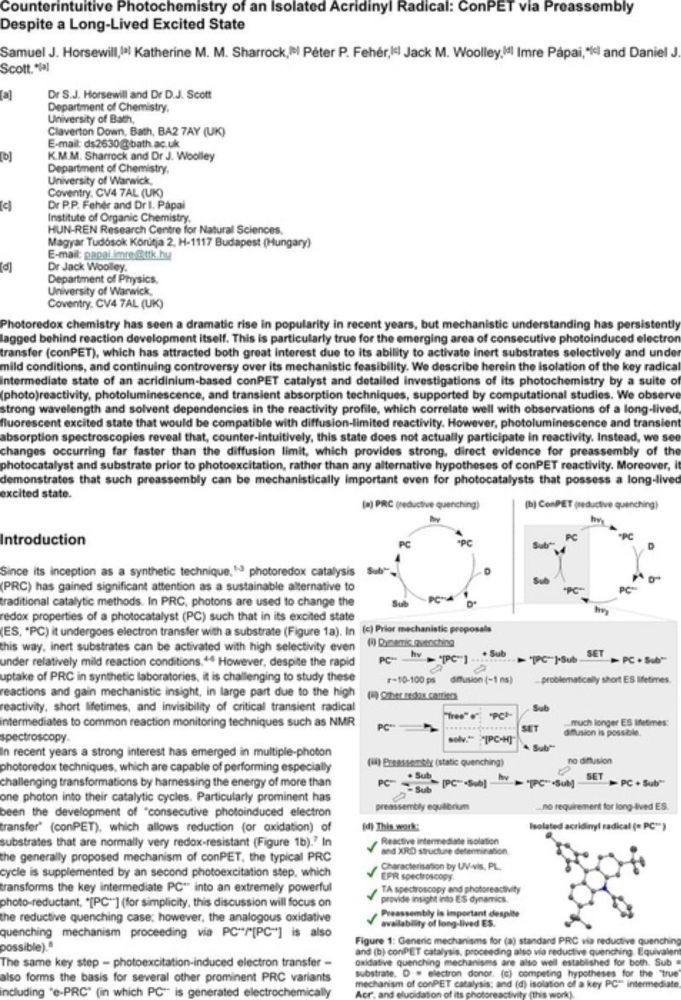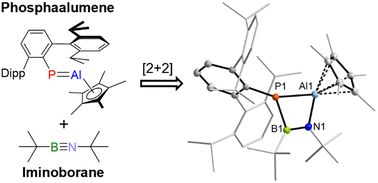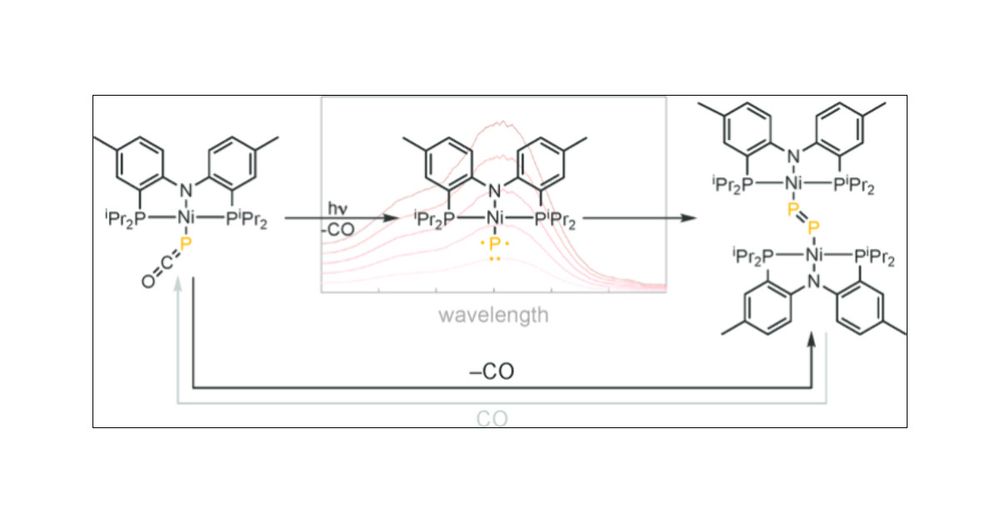
"One-pot synthesis of primary phosphines from white phosphorus"
Read the full Communication here 👇

"One-pot synthesis of primary phosphines from white phosphorus"
Read the full Communication here 👇
There is still a lot to do on this topic in Leipzig. 😊
pubs.rsc.org/en/content/a...
There is still a lot to do on this topic in Leipzig. 😊
pubs.rsc.org/en/content/a...


Our latest exploration of conPET/e-PRC #photoredox highlights preassembly and "anti-Kasha" reactivity, even in a system with a long ES lifetime.
Thanks to all involved, including collaborators at HUN-REN and Uni of Warwick.
chemrxiv.org/engage/chemr...

Our latest exploration of conPET/e-PRC #photoredox highlights preassembly and "anti-Kasha" reactivity, even in a system with a long ES lifetime.
Thanks to all involved, including collaborators at HUN-REN and Uni of Warwick.
chemrxiv.org/engage/chemr...
Tim’s newest work on the reactivity of phosphaalumenes is out. When P=Al meets it’s smaller sibling a unique B,N,Al,P-heterocycle is formed. Congrats Tim and Leonie!
#chemsky @chemcomm.bsky.social @likat.bsky.social #31p
pubs.rsc.org/en/content/a...

Tim’s newest work on the reactivity of phosphaalumenes is out. When P=Al meets it’s smaller sibling a unique B,N,Al,P-heterocycle is formed. Congrats Tim and Leonie!
#chemsky @chemcomm.bsky.social @likat.bsky.social #31p
pubs.rsc.org/en/content/a...
pubs.acs.org/doi/10.1021/...

pubs.acs.org/doi/10.1021/...
pubs.acs.org/doi/10.1021/...

pubs.acs.org/doi/10.1021/...

onlinelibrary.wiley.com/doi/10.1002/...

onlinelibrary.wiley.com/doi/10.1002/...

